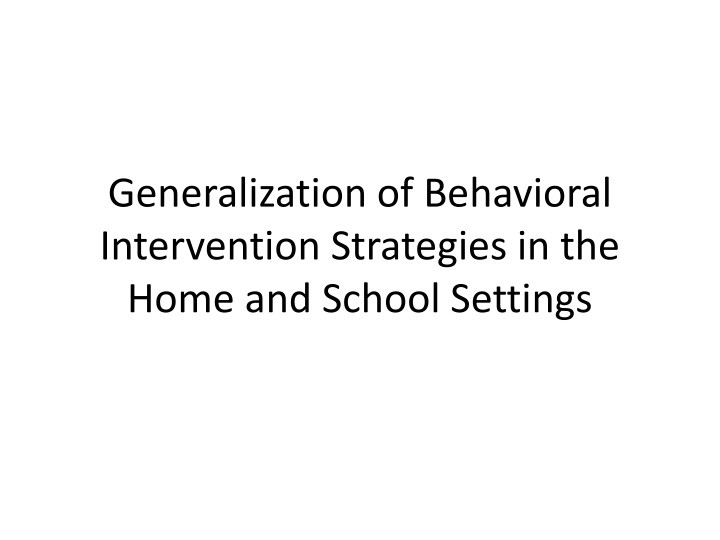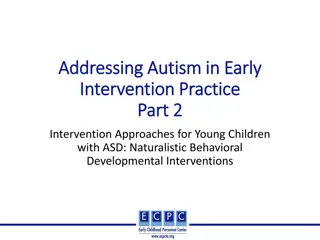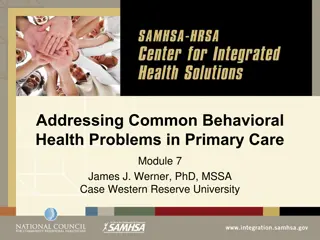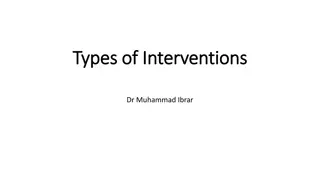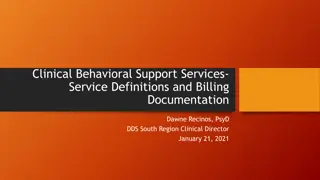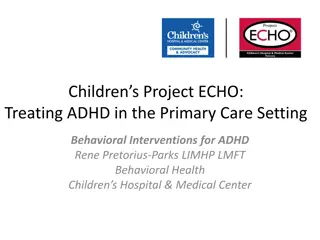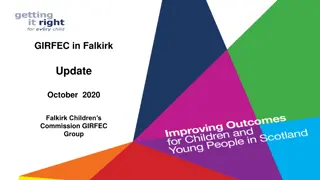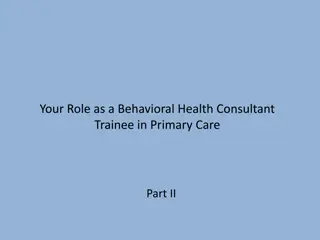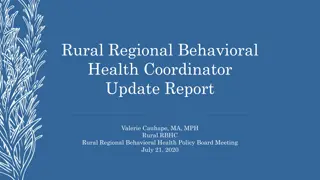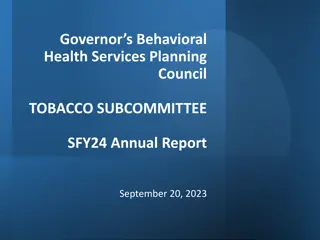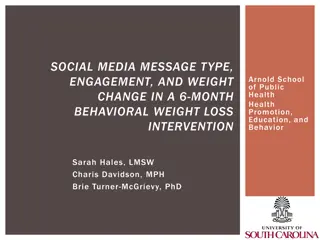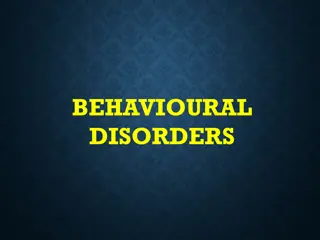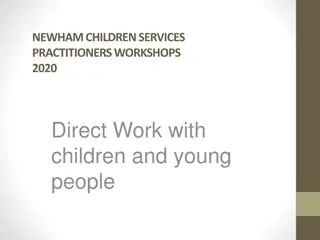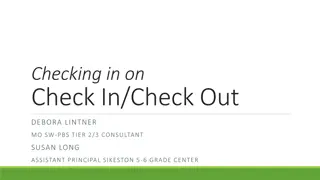Behavioral Intervention Strategies for Children
Exploring the concepts of behavior, reinforcement, punishment, and challenging behaviors in children, along with examples of behavior change strategies used in school settings such as activity schedules and reinforcement systems. Additionally, guidance on how to generalize these strategies in home and community settings is provided.
Download Presentation

Please find below an Image/Link to download the presentation.
The content on the website is provided AS IS for your information and personal use only. It may not be sold, licensed, or shared on other websites without obtaining consent from the author.If you encounter any issues during the download, it is possible that the publisher has removed the file from their server.
You are allowed to download the files provided on this website for personal or commercial use, subject to the condition that they are used lawfully. All files are the property of their respective owners.
The content on the website is provided AS IS for your information and personal use only. It may not be sold, licensed, or shared on other websites without obtaining consent from the author.
E N D
Presentation Transcript
Generalization of Behavioral Intervention Strategies in the Home and School Settings
Understanding Behavior Behavior is any response that is observable and measurable. Behavior is what a child does; not who a child is. Behavior can be decreased and increased through reinforcement and punishment.
Reinforcement Reinforcement: behavior that results in a preferred outcome is more likely to occur in the future Examples: Baby cries Parent gives bottle Tendency to cry increases Child tells joke People laugh at joke Tendency to tell jokes increases
Punishment Punishment: behavior that results in an undesired outcome is less likely to occur in the future Examples: Tendency to speed decreases Receive a speeding ticket Person speeds Person touches hot object Hurts hand Tendency to touch the object decreases
Why Challenging Behavior Happens Children engage in challenging behavior in order to gain access to something. The four functions of behavior are: Attention Escape Access to items or activities Sensory Stimulation
Examples of Behavior Change Strategies Used in the School Setting Activity Schedules Reinforcement Systems Some with punishment component
How to Generalize Strategies in the Home and Community Setting Activity Schedules and Token Economies can be made at home. Parents can create/print paper copies or write out on paper Many applications are available if your child has access to technology.
Generalization Strategies can be generalized across settings. Using systems that children have been successful with in the past can promote successful behavior in new settings.
